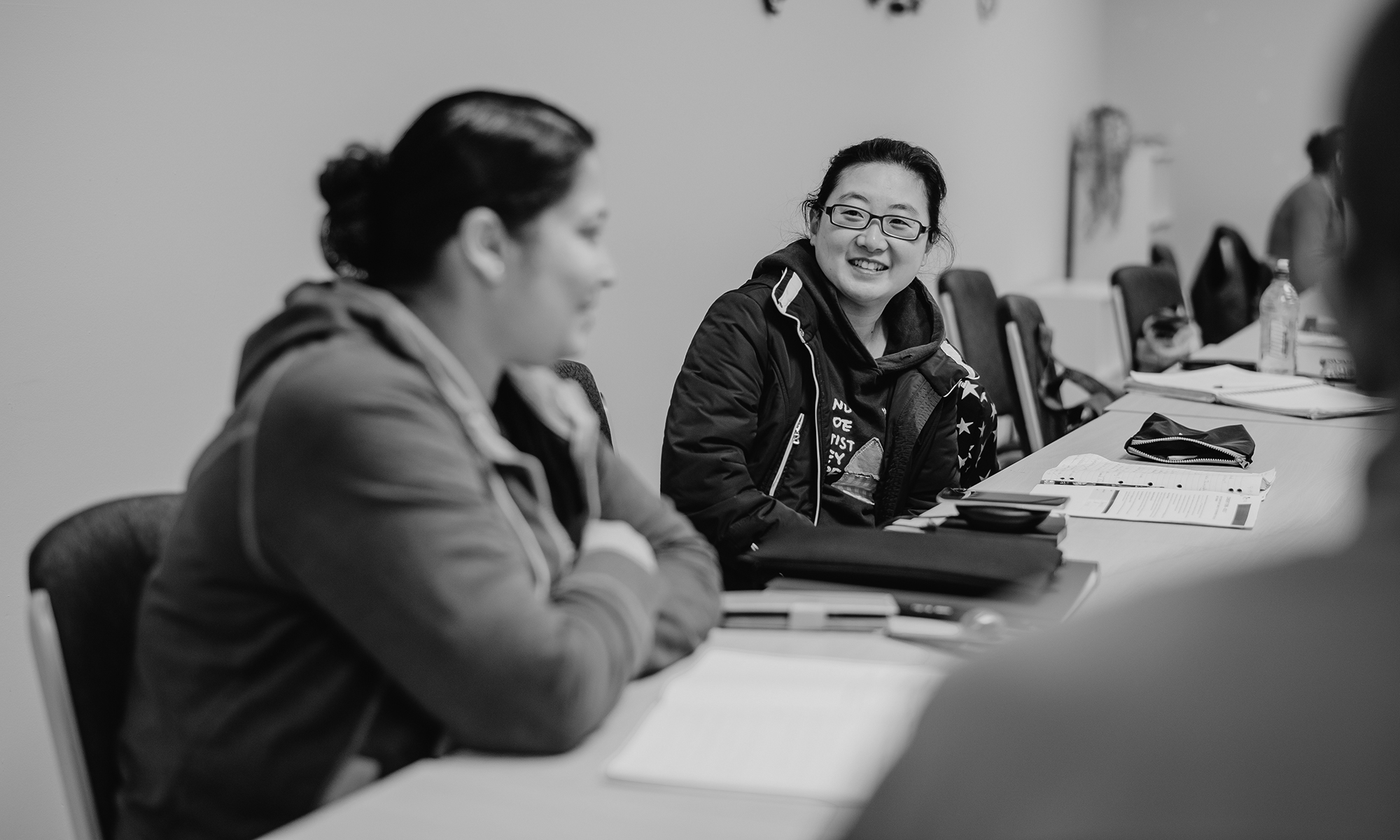Authors: Ann Gervasoni, Australian Catholic University; Jeremy Smith, University of Ballarat; Peter Howard, Australian Catholic University
Edition: Volume 53, Number 2, July 2013
Summary: This paper provides insight into the experience of Clemente humanities education for six regional and rural Australian women living around Ballarat. Each took part in an audio-taped semistructured interview which explored the impact that university study had on their lives. Their responses suggest that Clemente Ballarat was life-giving. The student insights identified the critical importance of: providing a supportive learning environment for people lacking life opportunities and routine; students feeling better and happier with themselves resultant from personal learning achievements; doing something that was about ‘me’; support from others including Learning Partners and the program’s counsellor; students appreciating their academic and inner strengths; rekindling dreams and hope; seeking ways out of poverty for their family; finding friendships and connection; appreciating the academic disciplines; improvements in well-being and mental health; and pride in achievements. Students also were apprehensive about what the future may hold after completion and graduation. These insights highlight the treasures that students found when engaged in humanities education based upon community embedded socially supported structures that enable learning. Further, these insights provide contextual outcomes for the Clemente program, which could be implemented across regional and rural Australia for people experiencing multiple disadvantages or social exclusion.
Keywords: social inclusion, equity, disadvantage, transformation, humanities education, community engagement.
![]()
![]()
![]()
![]() Share a copy of this abstract.
Share a copy of this abstract.
This article is part of AJAL, Volume 53_2. The entire volume is available in .pdf for purchase here.
